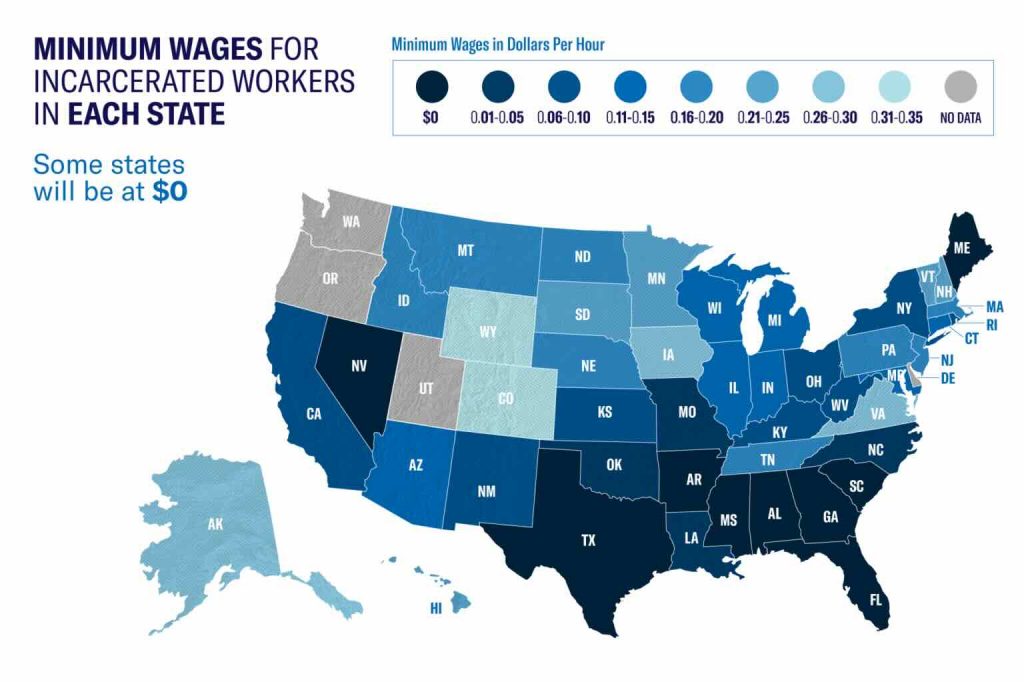Trump’s White Supremacist Appointments and the Systematic Expansion of American Slavery
The Unfinished Business of Abolition represents one of the most damning indictments of American democracy—how slavery never truly ended in the United States. The 13th Amendment’s carefully crafted language left a gaping loophole that has enabled the continuation of forced labor for over 150 years, and recent political developments suggest this legal remnant of chattel slavery may be expanding rather than contracting.
Table of Contents
The 13th Amendment’s Fatal Flaw
The most damning evidence that slavery remains legal in America lies in the 13th Amendment itself. While celebrated as the constitutional provision that abolished slavery, its text contains a crucial exception: “Neither slavery nor involuntary servitude, except as a punishment for crime whereof the party shall have been duly convicted, shall exist within the United States.”
This exception wasn’t accidental—it was intentionally designed to maintain a legal pathway for forced labor. The amendment’s architects understood exactly what they were preserving: a system that could transition from plantation slavery to prison slavery with minimal disruption to economic exploitation.

Modern Prison Slavery: A Multi-Billion Dollar Industry
Today’s prison industrial complex operates as a direct descendant of antebellum slavery, generating billions in profits through forced labor. Incarcerated individuals work for as little as $0.08 per hour—when they’re paid at all—producing goods and services that benefit private corporations and government agencies.
The scope of this modern slavery is staggering:
- Over 2 million people are currently incarcerated in the United States
- Three out of every four incarcerated individuals are forced to work under threat of punishment
- Prison labor generates over $2 billion annually in goods and services
- Over 500 major corporations including McDonald’s, Burger King, and Walmart use prison labor
California’s Shocking Rejection of Abolition
The most shocking recent development came in November 2024, when California voters rejected Proposition 6 by a margin of 54.9%. This ballot measure would have eliminated forced labor in state prisons—essentially abolishing slavery in California’s constitution.
The fact that voters in one of America’s most progressive states chose to preserve legal slavery demonstrates how deeply embedded these systems have become. This isn’t just political apathy—it’s active complicity in maintaining a system of human bondage that generates massive profits while keeping incarcerated people in conditions barely distinguishable from chattel slavery.
The Trump Administration’s Expansion Strategy
The nomination of Paul Ingrassia to lead the Office of Special Counsel represents a particularly alarming development. At just 30 years old, Ingrassia brings minimal government experience but extensive connections to white nationalist Nick Fuentes and a documented history of promoting conspiracy theories and racist rhetoric.
This appointment isn’t coincidental—it’s strategic. The Office of Special Counsel, created after Watergate to protect whistleblowers and combat government corruption, is being handed to someone with documented ties to Holocaust deniers and white supremacists. This represents the systematic dismantling of institutions designed to protect vulnerable populations.
While Trump publicly distances himself from Project 2025, the 900-page conservative manifesto outlines explicit strategies for dismantling educational opportunities for Black Americans, attacking Critical Race Theory, expanding deportation programs, and weakening civil rights protections across federal agencies.
The Deportation-to-Labor Pipeline
The planned mass deportation operations create a perfect storm for expanding forced labor systems. Detained immigrants awaiting deportation are routinely forced to work for $1 per day in Immigration and Customs Enforcement facilities. With promises of deporting millions, this system could rapidly scale into one of the largest forced labor operations in American history.
Private prison contractors CoreCivic and GEO Group have already built a template for this exploitation. Between 2000 and 2020, their combined revenue rose from under half a billion to $4.5 billion, with a quarter to a third coming from ICE detention contracts.
The historical precedent is clear: during World War II, Japanese Americans in internment camps were forced to work for minimal wages. The infrastructure for large-scale detention and forced labor already exists—it just needs to be activated.
Corporate America’s Complicity in Modern Slavery
The continuation of legal slavery isn’t just about racism—it’s about massive economic incentives that make elimination politically difficult. McDonald’s alone has generated over $250 million from Alabama’s prison labor system since 2000, while paying incarcerated workers as little as 20 cents per hour.
Florida’s educational policies further this agenda by teaching that “slaves developed skills” for “personal benefit”, deliberately cultivating ignorance about the true nature of forced labor systems.
Prison labor suppresses wages for all workers while generating enormous profits for private prison corporations, government agencies, and the hundreds of businesses that contract with prison facilities for manufacturing. This creates a vested interest in maintaining high incarceration rates and expanding the pool of forced laborers.
Frequently Asked Questions
The Time for Action is Now
The evidence is overwhelming: slavery never ended in America—it simply evolved. The legal, economic, and political infrastructure for forced labor remains intact and is being systematically strengthened. The appointment of white supremacist sympathizers to key government positions, the rejection of anti-slavery ballot measures, and the planned expansion of detention systems all point toward a deliberate strategy to normalize and expand forced labor systems.
This isn’t alarmism—it’s pattern recognition. The playbook for expanding slavery is being executed in real-time, hidden behind euphemisms like “prison labor,” “detention work programs,” and “immigration enforcement.” As Dr. David Johns of the National Black Justice Coalition warned: “A lot of this sh*t ain’t new. The tactics, the strategy, the language, the racism, the white supremacy of it all.”
The time for denial has passed. The question now is whether Americans will choose to confront this reality or continue to look away while slavery grows stronger. The infrastructure exists, the profits are massive, and the political will to expand these systems is clear. Only organized resistance can prevent the complete restoration of slavery as a cornerstone of the American economy.
Sources
- Forced Labor in Prisons – Freedom Network USA
- California Voters Reject Anti-Slavery Measure Proposition 6 – CalMatters
- 500+ Businesses Use Alabama Prisoners as Cheap Labor – Business & Human Rights
- Trump Taps Paul Ingrassia with White Nationalist Ties – The Independent
- Ending Forced Labor in ICE Detention Centers – Georgetown Law
- Project 2025 Threats to Education – Thurgood Marshall Institute
Have a tip, correction, or want to share your perspective? Contact us here or leave your thoughts in the comments below.




